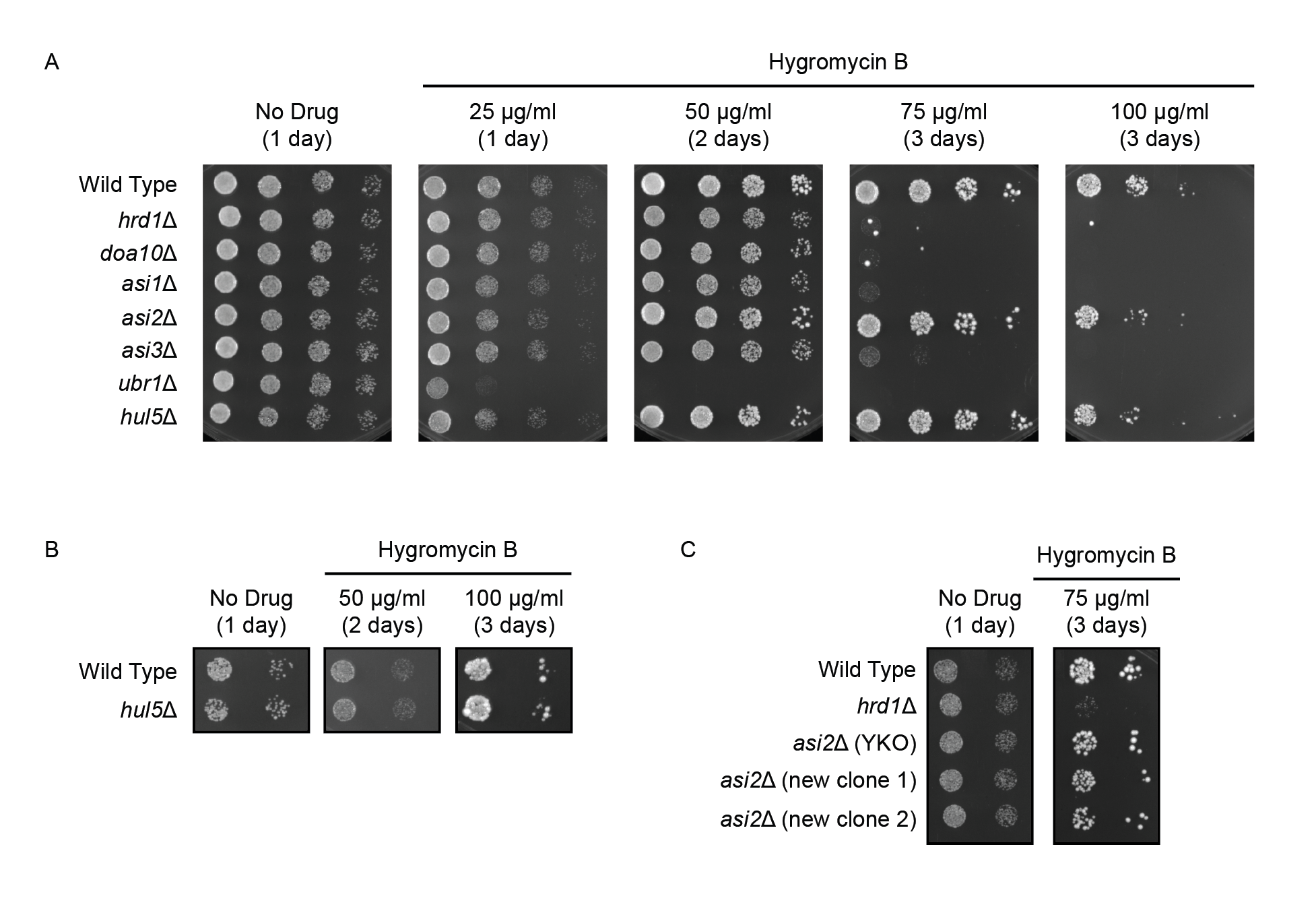Kelsey A Woodruff1, Kyle A Richards1, Melissa D Evans1, Abigail R Scott1, Brian M Voas1, Courtney Broshar Irelan1, James B Olesen1, Philip J Smaldino1, and Eric M Rubenstein1§
1Ball State University
§Correspondence to: Eric M Rubenstein (emrubenstein@bsu.edu)
Abstract

Description
Methods
Reagents
Acknowledgements
Funding
Author Contributions
- Kelsey A Woodruff: Investigation, Funding acquisition, Validation, Writing - original draft, Writing - review and editing, Formal analysis
- Kyle A Richards: Investigation, Validation, Writing - review and editing, Formal analysis
- Melissa D Evans: Investigation, Writing - review and editing
- Abigail R Scott: Investigation, Writing - review and editing
- Brian M Voas: Investigation, Writing - review and editing, Funding acquisition
- Courtney Broshar Irelan: Investigation, Writing - review and editing
- James B Olesen: Supervision, Writing - review and editing
- Philip J Smaldino: Supervision, Writing - review and editing, Funding acquisition
- Eric M Rubenstein: Conceptualization, Methodology, Supervision, Writing - review and editing, Formal analysis, Writing - original draft, Funding acquisition, Project administration
Reviewed By
Michael Charette
History
- Received: 5/17/2021
- Revision Received: 5/24/2021
- Accepted: 5/25/2021
- Published: 6/1/2021
Copyright
© 2021 by the authors. This is an open-access article distributed under the terms of the Creative Commons Attribution 4.0 International (CC BY 4.0) License, which permits unrestricted use, distribution, and reproduction in any medium, provided the original author and source are credited.
Citation
PubMed Central: PMC8170509
PubMed: 34095778
Cited By
microPublication Biology:ISSN: 2578-9430

